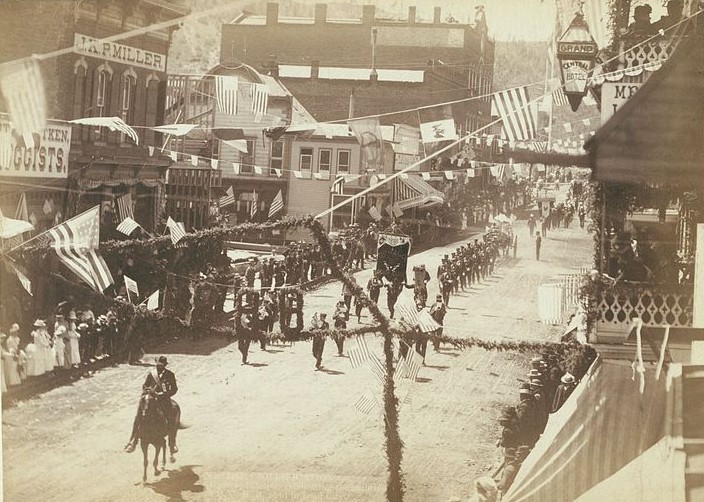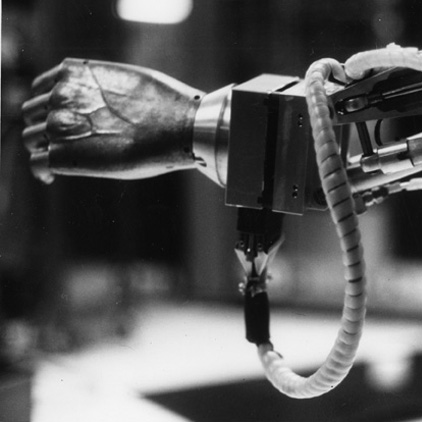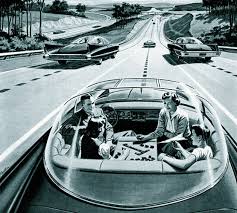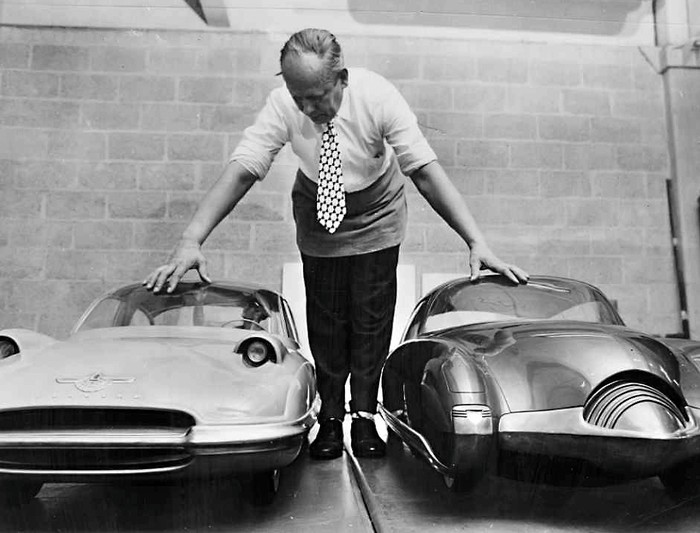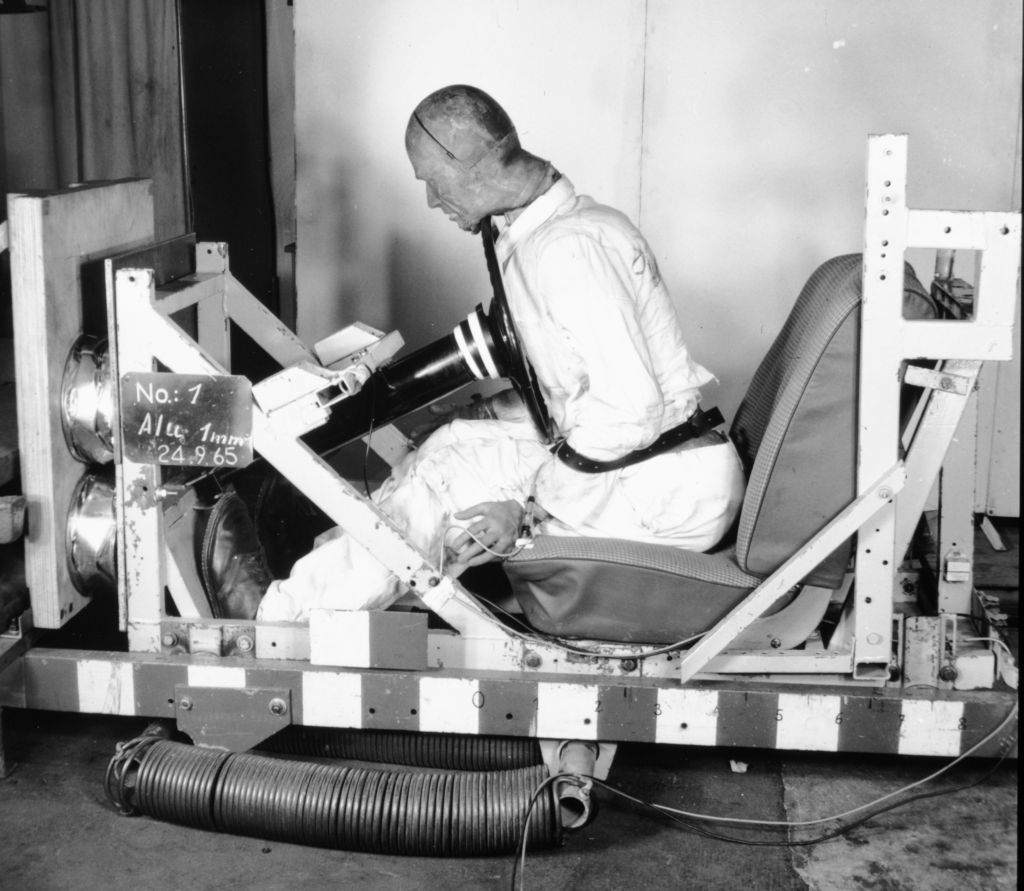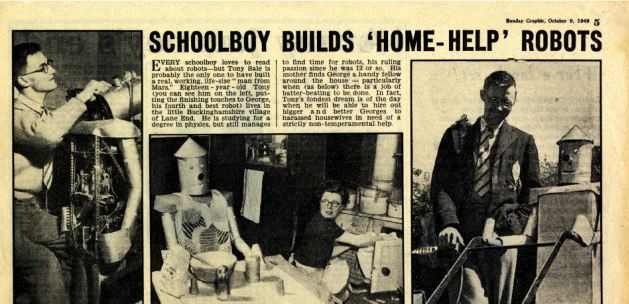The first two excellent paragraphs of “Welcome to the Integratron,” Jody Rosen’s new T Magazine article about a large-scale “time-travel” contraption in the California desert that was purported to be ordered built in 1957 by Venusians:
“In the wee hours of Aug. 24, 1953, George Van Tassel, a 43-year-old former aviation engineer, was awakened by a man from outer space. Six years earlier, Van Tassel had moved with his family to Landers, Calif., a place of stark beauty and rainbow sunsets in the southeastern corner of the Mojave Desert, 40 desolate miles due north of Palm Springs. Van Tassel had the clean-cut look of a midcentury company man, and a résumé to match: He had worked for Lockheed and Douglas Aircraft, and for Howard Hughes’s aviation concern. But his spiritual leanings were esoteric. He settled in Landers because of its proximity to Giant Rock, an enormous seven-story-high desert boulder in whose shadow he would sit silently for hours at a stretch. He told friends that he went to Giant Rock to commune with the spirits of American Indians, who had regarded the boulder as sacred.
But on that night in 1953, Van Tassel’s visitor was not a Native American. He was, Van Tassel claimed, a Venusian: the captain of a ‘scout ship’ from Venus that had landed on the airstrip abutting Van Tassel’s property. The spaceman looked like a human, wore a gray one-piece bodysuit and spoke, Van Tassel told a television interviewer, ‘in the best English, equivalent to Ronald Colman’s.’ He informed Van Tassel that his name was Solganda and that he was 700 years old. (He looked no older than 28, Van Tassel said.) Van Tassel was ushered onto the spacecraft where he was told that Earthlings’ reliance on metal building materials was interfering with radio frequencies and disrupting interplanetary ‘thought transfers.’ Solganda also divulged a secret: a formula that Van Tassel could use to build a remarkable machine, a device that would generate electrostatic energy to suspend the laws of gravity, extend human life and facilitate high-speed time travel.”




